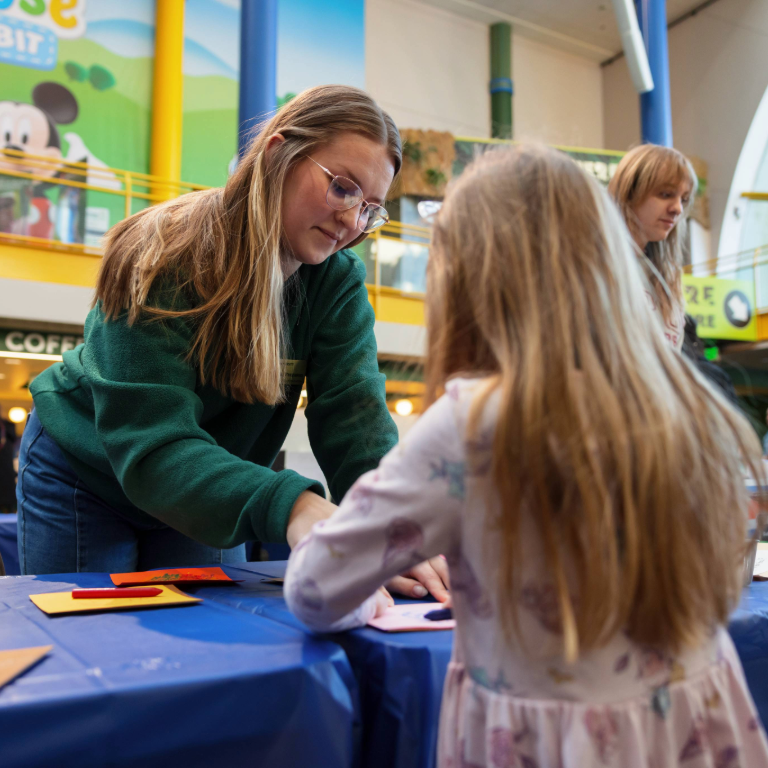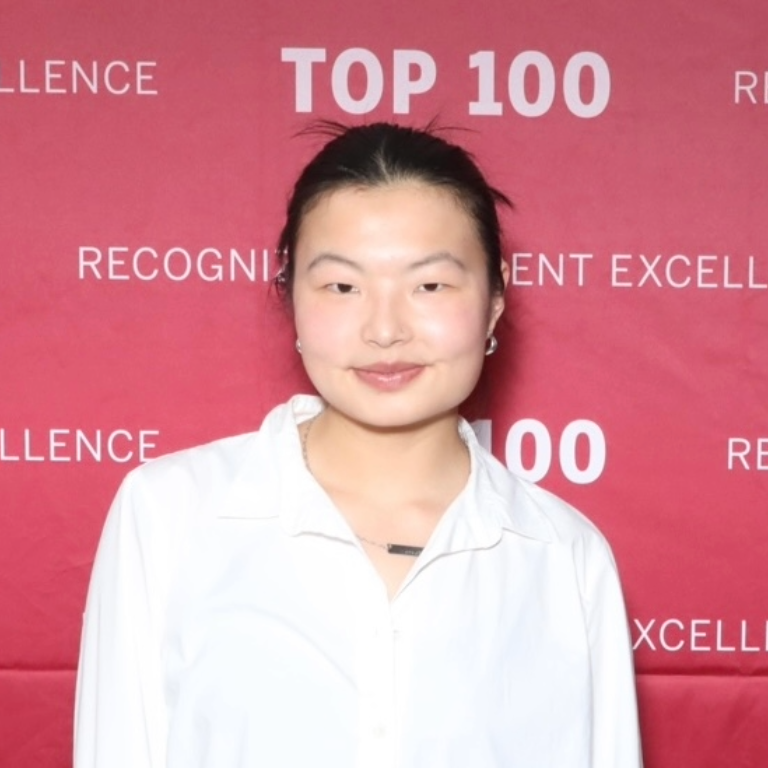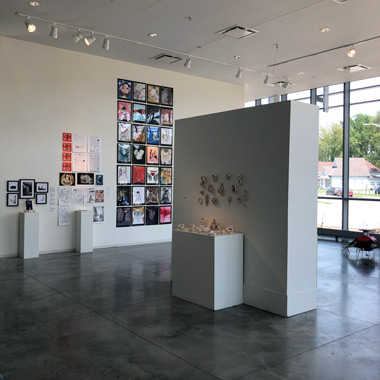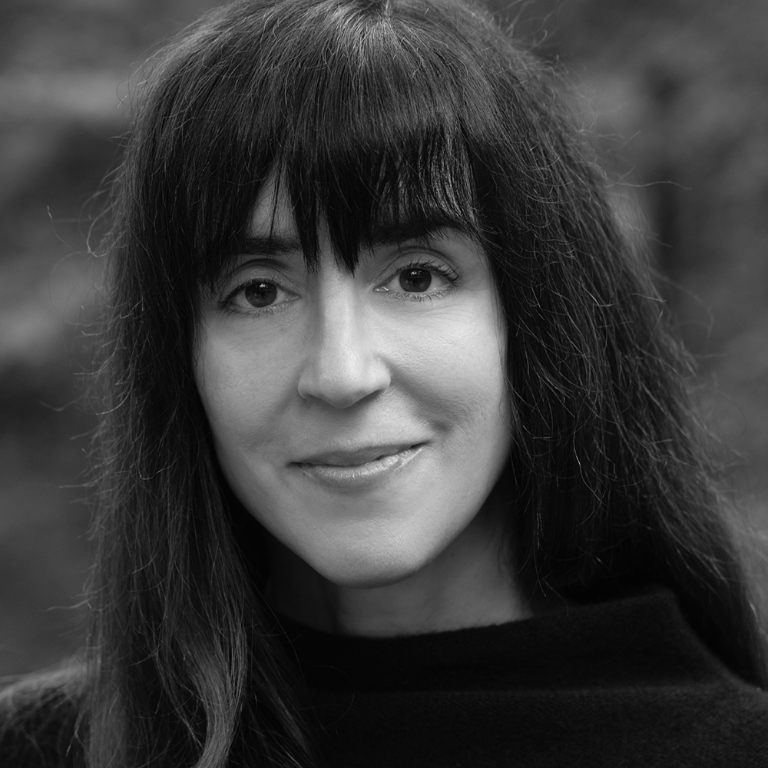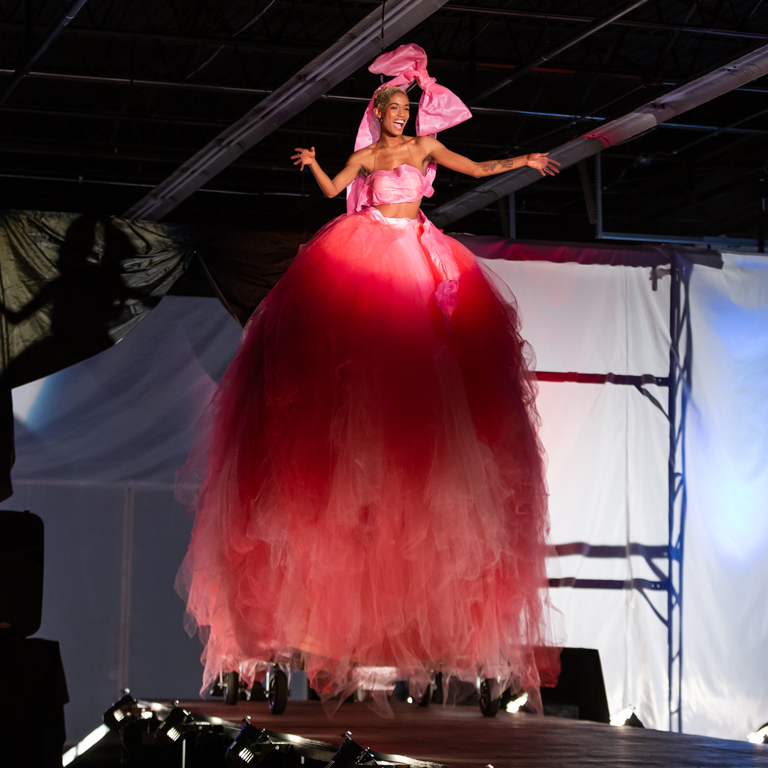HERRON: Do you have a show that has changed the way you think about being a curator?
M. POFAHL: The show that I always return to is Brood at MOCAD [2021]. At the time, I recognized an artistic movement happening that I thought was particular to the city of Detroit. Since then, I’ve seen similar movements in other places, but Detroit was particularly interesting because it involved the intersection of art and artists with activists and community-driven organizers that were using science, technology, futurism, and sci-fi in their artistic practices.
In Detroit there was a unique version of that because of its history in relationship to music—it’s the birthplace of techno. And there are all of these histories related to cars and futurism. But there are different versions of this happening everywhere—essentially artists and creatives using things like technology and sci-fi to further their organizing efforts.
So I don’t know if I would say that Brood changed my view necessarily, but it felt like the thesis that I have around my art and values which is that I love it when people push society forward by using art in these innovative ways.
The show took place in the [late] artist Mike Kelly’s Mobile Homestead, which is a replica of his childhood home. He had this wild vision for it—it literally is mobile, so part of it can be picked up and put on the back of a semi-truck. The vision for it was that it would move around the community and bring art to the people. It was important for me to have the Brood exhibition there and it’s representative of my core values. I think the purpose of art is to serve as a platform for the community.
HERRON: Could you tell us more about your vision for the Galleries at Herron?
M. POFAHL: [they are working on this and will provide]
HERRON: What was appealing to you about a position at the Galleries at Herron?
M. POFAHL: I have a background and a history in education. In many ways this position would be the perfect intersection of my interests and expertise and background. I've taught a lot before and my mom was an educator and it's always been important to me. When I started curating, I missed being able to teach. This feels like a great way to combine the two parts of my career.
Indianapolis was appealing to me because I am so rooted in community, and it’s really important for me to know a lot about the place where I am curating or making work in. Being invested in the community is vital to me. I’ve already invested a lot in the Midwest regionally, and I knew about Indianapolis and its art scene, and it felt like the right place.
I also love the idea of a gallery existing in a space where there's already artwork being made all of the time, and we get to draw on that energy. I also just loved all of the community work that happens in the Community Learning Programs and the Basile Center. The Music and Arts Technology department was also a draw because of my background in new media. It just seemed like something was brewing here that I could be a part of.


